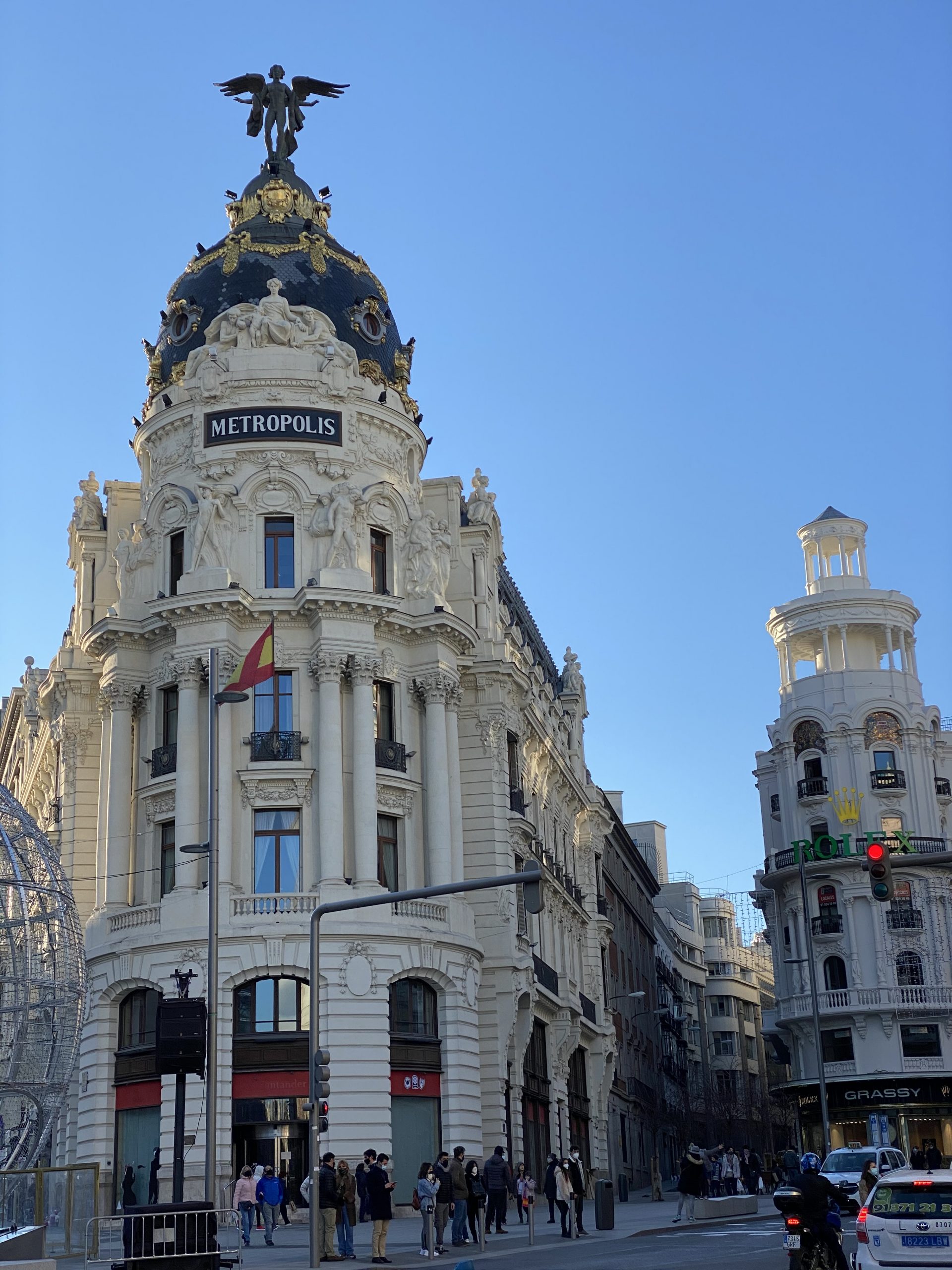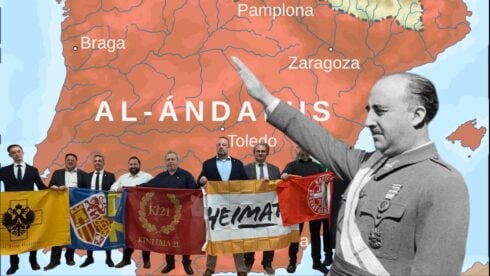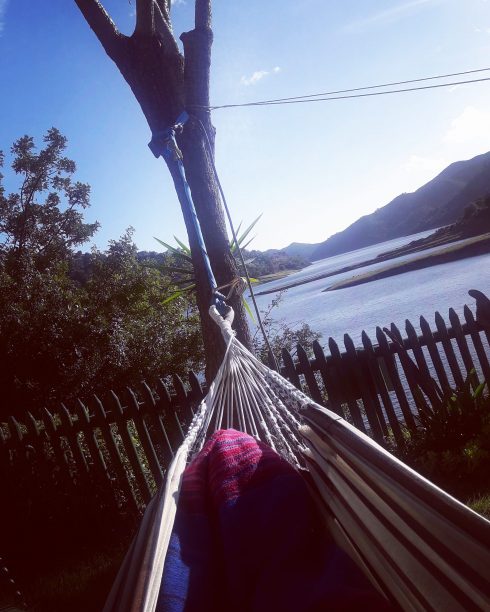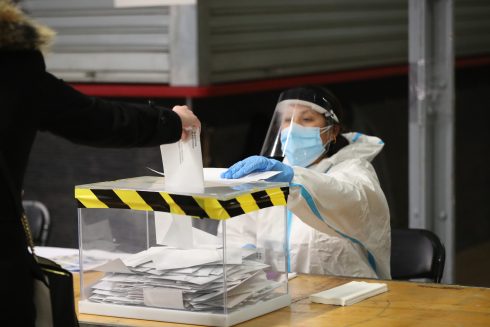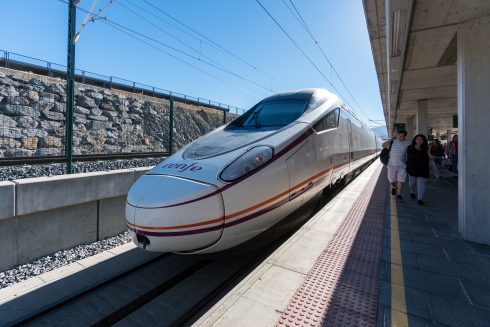IT was a bright, sunny New Year’s Day in 2007 and we were walking out of the Ritz hotel down Paseo de la Castellana en route to a morning’s sightseeing at the Prado gallery.
What could possibly go wrong? Our seven-month-old daughter, that’s what.
Wailing from her pram as the chill of a freezing Madrid morning hit her tender cheeks, we found ourselves turning around and going for a coffee and pincho de tortilla instead.
Having our youngest Maia on our first trip to Madrid seriously curtailed any lengthy cultural excursions. So it was something of an experiment – and adventure – to be heading back with her to our favourite capital city.
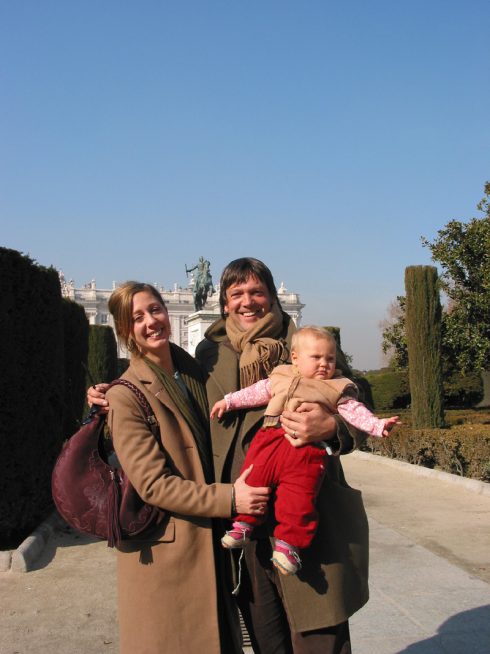
Now 15, and with her younger brother Alf, 12, also in tow we planned to take them to all the key cultural sites as part of their baptism into Europe’s most entertaining city.
While both born in Spain neither of them had visited their capital city (proper) and they were extremely excited as we headed up on the AVE fast train from Malaga.
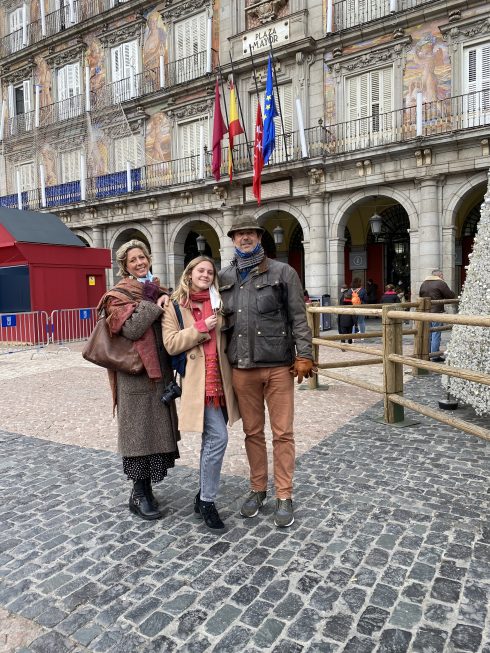
We had managed to acquire a suite at the equally grand Palace Hotel, which sits right at the heart of the Golden Triangle of Art; the trio of grand museums, the Prado, Thyssen and Reina Sofia, as well as spitting distance from the Retiro park, Gran Via and Puerta del Sol.
It was a joy to be back in the city where I had lived for two years in the early 1990s, when it had become as buzzing as London in the Swinging Sixties.
A friendly place alive with history, art and excellent restaurants, it is, of course, also blessed with plenty of sunshine and probably the best nightlife in the world (not that I get much of a chance to sample it, these days).
Taking no chances, we had enlisted the services of the city’s most esteemed English historian Stephen Drake-Jones, who’s had his own RTE programme on the city and written widely on it.
Our tour started literally right across the road outside the Cortes, where he immediately brought history to life explaining how the lion statues outside had actually been cannons seized in the 19th century from Morocco during a war and melted down.
He then got the kids to pose in the positions of two policemen guarding Spain’s House of Commons, on the day in 1936 when firebrand politician Dolores ‘La Pasionaria’ Ibarurri had told far-right friend of dictator Franco that he would make no more speeches in Parliament. She was right; he was assassinated the following day.
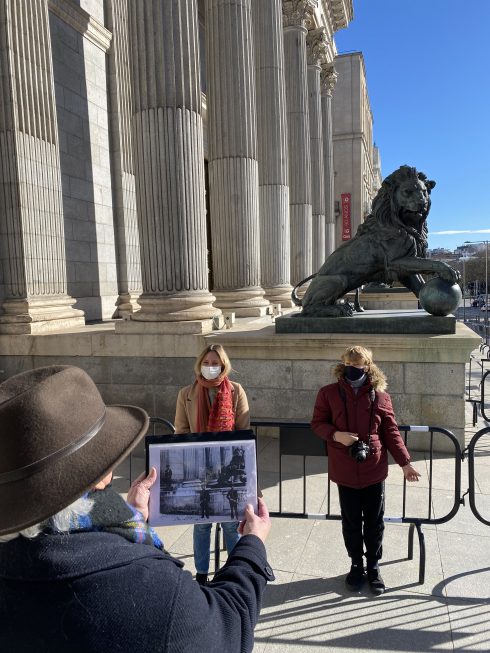
From here it was a two-minute stroll into the fabulous Barrio de las Letras, the ancient district where the famous writers of the Golden Age of Spanish literature such as Cervantes, Garcia Lorca, and Lope de Vega once lived.
A hive of pedestrianised streets, we visited the ancient garden of the home of playwright Lope de Vega, which has little changed for two centuries, before finding the house where Cervantes had written Don Quixote.
Next up was my favourite square, Plaza de Santa Ana, where Russian leader Gorbachev had stayed during the famous peace process with American in 1992.
Here was also a statue of Federico Garcia Lorca with a dove, as well as Ernest Hemingway’s favourite bar, Cerveceria Alemana, where Drake-Jones showed us his favourite table and told us about his top tipples and tips.
Around the corner was Madrid’s oldest bakery and then it was on to Plaza Mayor, perhaps Spain’s most ornate square (only rivalled by Salamanca’s), celebrated for its trials of faith for Jews and Muslims during the inquisition and today, where foreign football fans often converge before important European games.
We had lunch in an underground cellar below the square, at Los Galayos, eating appropriately tortillas de patatas, Madrid’s second most famous dish after roast suckling pig, washed down by some fine Verdejo.
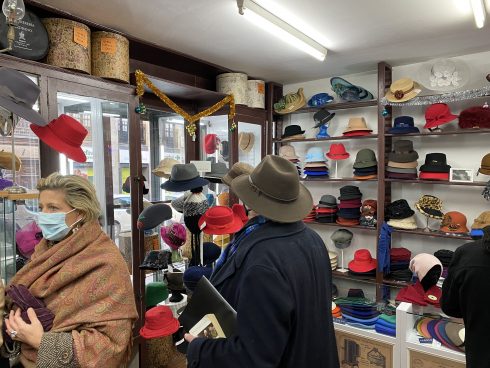
Saving the best for last we headed down into la Latina and Embajadores, where we visited an ancient hat shop, before learning about Spain’s most racey monk Tirso de Molina, a womaniser extraordinaire, who became known as ‘The Seducer of Sevilla’ and the writer to first create the character Don Juan.
The following day we enlisted Stephen again for an intensive hour-long tour of the highlights of the Prado, possibly Europe’s greatest art gallery.
Deciding to limit it to this length, due to the attention spans of our kids to art, we were amazed when the tour hit the hour-and-a-half mark and we had hardly scratched the surface.
Highlights were certainly Las Meninas by Velazquez, as well as Tintoretto’s Last Supper that I hadn’t taken a second glance at before, and finally Heironymus Bosch’s famous Garden of Earthly Delights, which looked as avant-garde as the Banksy exhibition we visited on our final day.
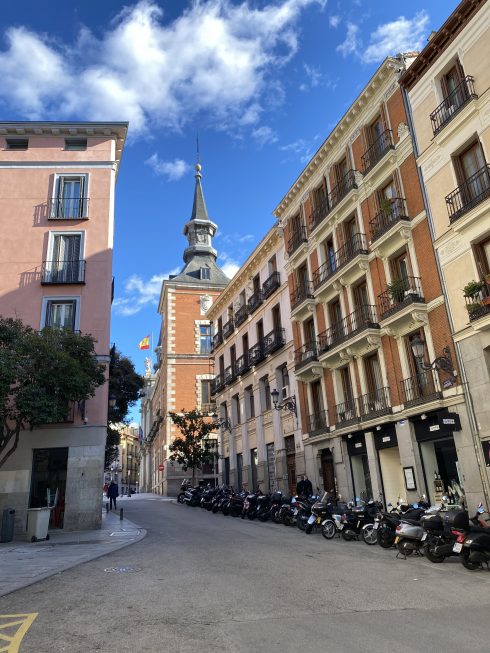
Having sent the kids back to the room to plug themselves back onto devices, we spent an hour going around the Botanical Gardens behind the Prado, before taking a short stroll around the wonderful Retiro park, that is as wonderful in winter as in summer, although very parky, appropriately.
Sightseeing aside, we got stuck into my favourite Spanish pastime of hunting the dining chestnuts. Using advice from the marketing boss at the Palace Hotel, the latest Michelin guide and a few local contacts, we came up with a trio of excellent spots (see pullout below).
Easily my favourite had to be Triciclo, in the heart of Barrio de las Letras, which has recently got a Red Meals award from Michelin.
Tucking into wild winter mushrooms, with a free range egg and the ‘papada’ or neck of pork, washed down with a soft Mencia red from Galicia, I felt truly back in the Madrid I missed and loved. Indeed, like a roast-suckling pig in clover.
And here’s a trio of interesting things to do in Madrid this Spring:
An exhibition
Beautiful Bellas Artes on Alcala is hosting a comprehensive Banksy exhibition until June. With hundreds of the cult British graffiti artist’s works on display, it is extremely timely focussing heavily on the concept of nationhood and nationalism, particularly slamming Brexit. An excellent show for kids, it mixes film, with clever photos and, above all, concepts. www.circulobellasartes.com
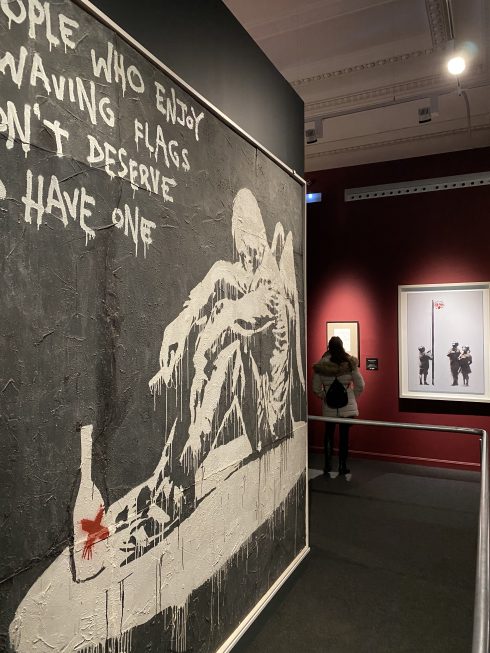
A painting
Guernica is as synonymous to Madrid as roast suckling pig. Painted by Pablo Picasso for the World Expo in Paris in 1937 it raised the the plight of the Spanish Republic coming under deadly attack by dictator Franco and his nazi counterparts from Germany and Italy. Few paintings have such an impact, immediately emotive and powerful, with its screaming women, dismembered horses and flames. There is no better time to see this 25-foot masterpiece, not just because COVID is keeping the hordes away, but the clever curators at the Reina Sofia museum have now dedicated an entire wing to enhancing and introducing it. This includes the incredibly shocking Land Without Bread film made by Luis Bunuel in 1933 about the poverty of one particular region of Spain, Las Hurdes, as well as a series of films about how Madrid survived two years of bombardment during the Spanish Civil War.
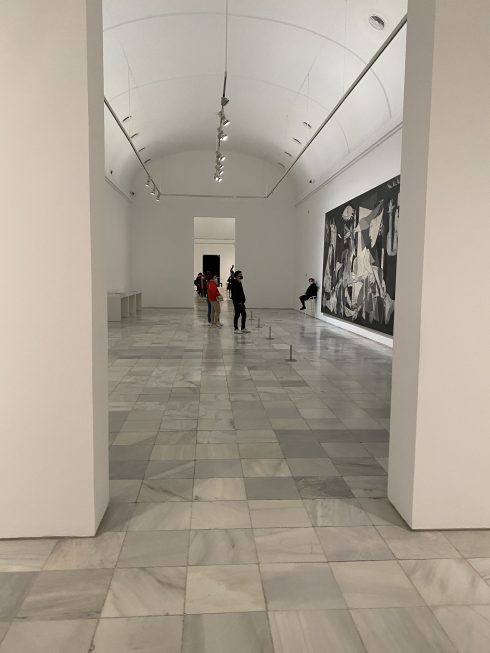
A stroll
Take a walk into Madrid de las Austrias, which starts from the bottom of breathtaking Plaza Mayor. Taking its name from the days of the Habsburg dynasty, it’s a dreamscape of stunning buildings and interesting shops. The street, Cava Baja, has maybe two dozen excellent (and very busy) places to eat on weekends.
A museum
Done the Prado and the Thyssen? Seen Guernica? How about the Museum of San Isidro, a relatively new showcase on the origins of the city and its saint. Filling a 16th century townhouse, it houses three floors of exhibits from the days of the Visigoths, Muslims and Mammoths.
A marvel
Few people bother to visit Madrid’s Sistine Chapel, a work of art undertaken by Spain’s very own Michelangelo, Francisco Goya, in the 18th century. Down by the much improved Manzanares river area of the city, the dome and interior of San Antonio de La Florida chapel was painted in just 120 days and depicts a murdered man being brought back to life. It is coincidentally also where the painter is buried (minus his head!). Entrance is free and if you time it right (let’s say, lunch time) you might get it all to yourself.
A book
Called simply Drake-Jones’ Madrid this fascinating history, art and culture tour of the city is told through the eyes of 60-plus statues that adorn the city’s streets. Ranging from kings, queens, presidents, to the humble Spanish soldier, the journey begins in the city centre, the Puerta del Sol, and the equestrian statue of the Bourbon king, Charles the Third.

Written by Stephen Drake-Jones, who has lived in Madrid since 1975, it has great sections on the hidden art works of 10 great artists and their paintings in the Prado. It also looks at the Bourbon queen who bore eleven children with her husband not being the father of any of them, plus a King who sneaked out at the dead of night, to be in the arms of his lover, an opera singer. And then there’s the galavanting of writer Hemingway, the peccadilloes of a sinning monk and Madrid’s famous highwayman, who escaped many prisons.
More information can be found at www.wellsoc.org
Click here to read more News from The Olive Press.

